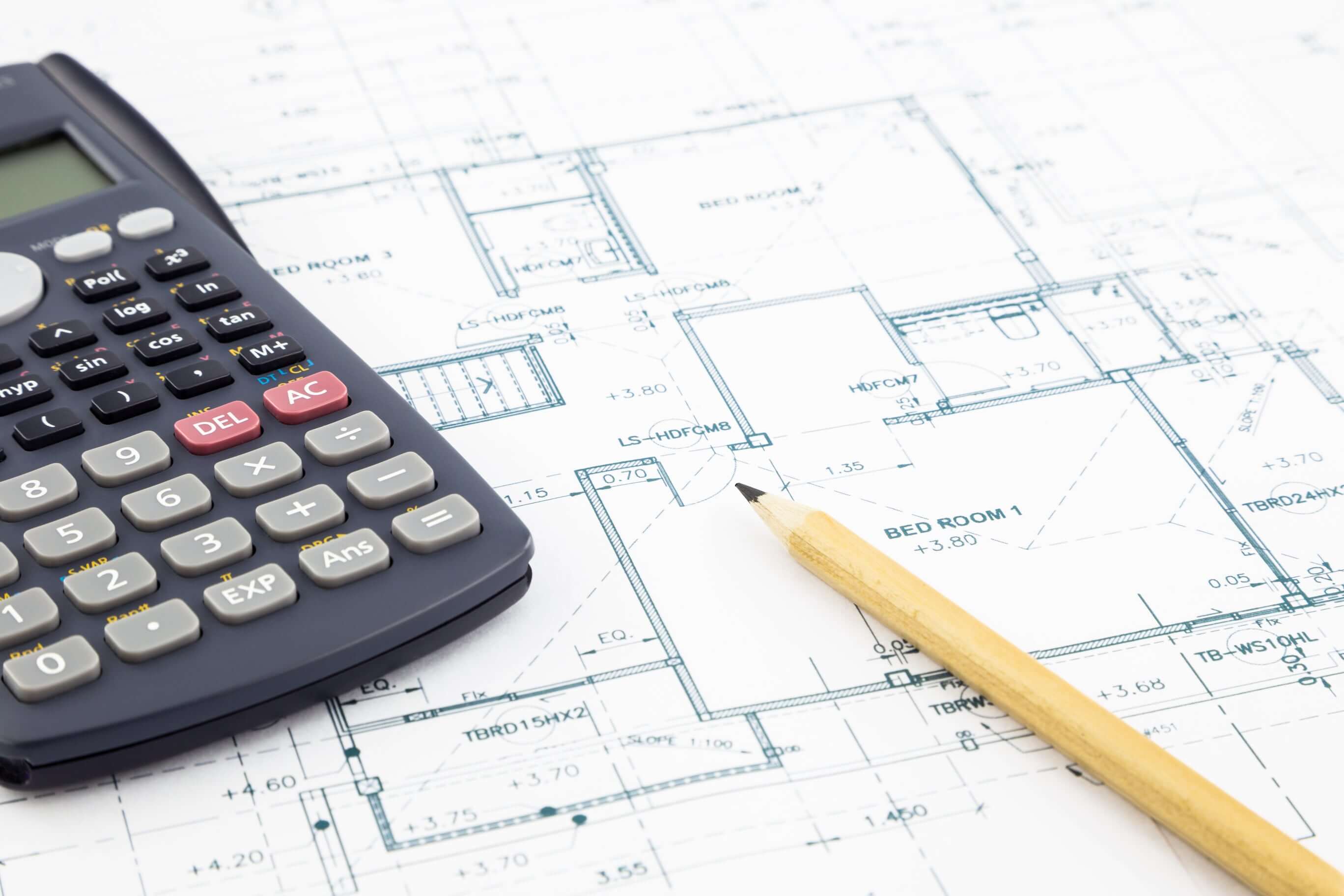Don’t plan your bedroom around your mattress, plan your mattress around your bedroom
New space, small space – or maybe it’s just time to replace your bed. Ah, a new mattress – the best part of decorating a bedroom. Finding the right mattress size for your bedroom can be a fun project. A bit of planning can go a long way to creating the perfect space to live and sleep in.
Remember all the way back to middle school geometry class, where we all moaned and complained to our teachers that we’d never use that stuff in real life? Well, we were wrong. To determine the best mattress size for your room, get out your measuring tape and calculator and channel your inner geometry student.
Mattress, nightstand, dresser and bookcase oh my!
Step 1: measure your floor plan
Measure your room lengthwise and widthwise. Multiply those measurements together to estimate the square footage of the room. For example, if your room is 15ft long and 12ft wide, the total square footage is 180 square feet (15×12=180). Knowing this total area will help you determine what will fit in your room and what may be too big for your comfort.
Step 2: Measure your furniture
Take an inventory of all the furniture you wish to have in your bedroom, such as night stands, dressers, chairs or benches, bookcases or a shoe rack. For each item, measure the base using the same length by width equation from step 1. Once you have your measurements, start mapping out your floor plan.
Step 3: Create a floor plan
Using graph paper, draw out the room. Be sure to include the placement of any windows, closets and doors. Now you’re ready to map out where each piece of furniture will live. This will help you to have a visual of where you may want your mattress and what size will work best for your space.
Step 4: Learn what size mattress fits
Now that you have your measurements, factor in the possible mattress sizes to see what fits. When considering measurements for a mattress, always take into consideration an additional 4 inches in length for the headboard and footboard if you plan on having one or both of them.
- Twin – 38” x 74”
- Extra-long twin – 38” x 80”
- Full/Double – 54” x 75”
- Queen – 60” x 80”
- King – 76” x 80”
- California king – 72” x 84”
Step 5: Create a life size layout
Using painter’s tape, mark a templet of where you want to place your mattress and other furniture. Lay down on the plotted out bed to see if you have enough room for your height. If you have a partner, both of you lay down on mattress layout and place your hands behind your heads, to see if your elbows touch. If they’re touching and you’ve only planned for a double bed, you might want to think of upsizing. Walk around the room to make sure there is enough space between furniture and that you’re comfortable with the furniture and mattress placement.
Small space. Big mattress.
Small space or just really want that larger mattress? Here are some helpful hints to maximize the floor space in your room to get the mattress you want or need to fit into your floor plan.
- Purchase, install or make closet organizers. Utilize every inch of closet space to limit or eliminate the need for a dresser.
- Instead of using a normal night stand that takes up floor space, hang shelves next to or above your bed.
- Use a platform base for your mattress to allow for storage underneath with drawers or open cubbies. This will also decrease the necessity of dressers or armoires in your room.
- Replace closet doors with curtains or decorative beads. This will not only allow you to increase your square footage, but it will give you another place to add to the décor of the room.
- If you live alone or only with your partner, you may also want to consider removing the bedroom door and replacing it with curtains or decorative beads.
- Need smart storage ideas?


